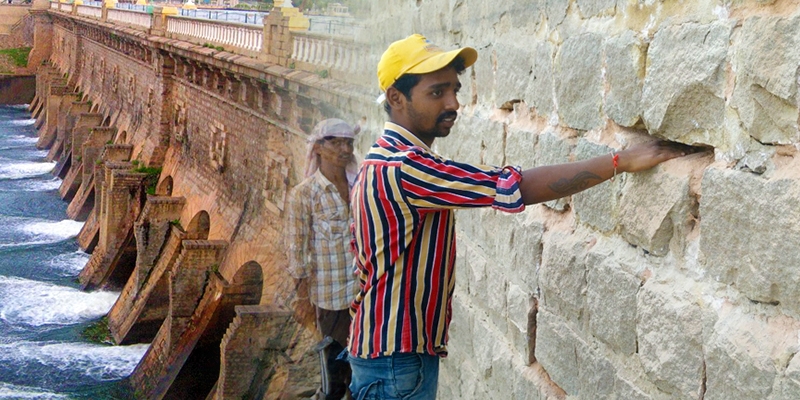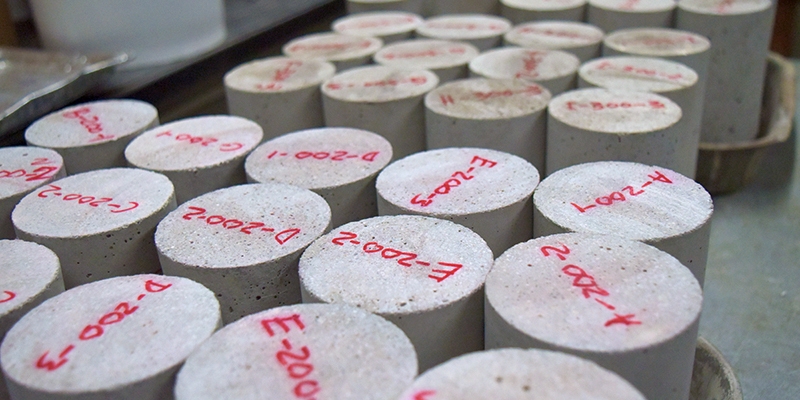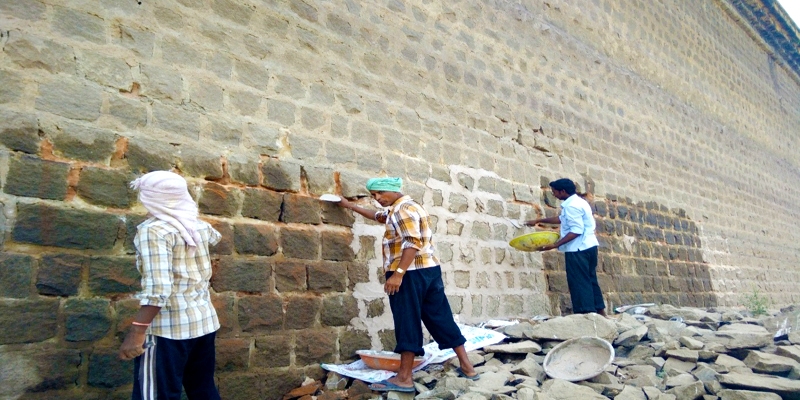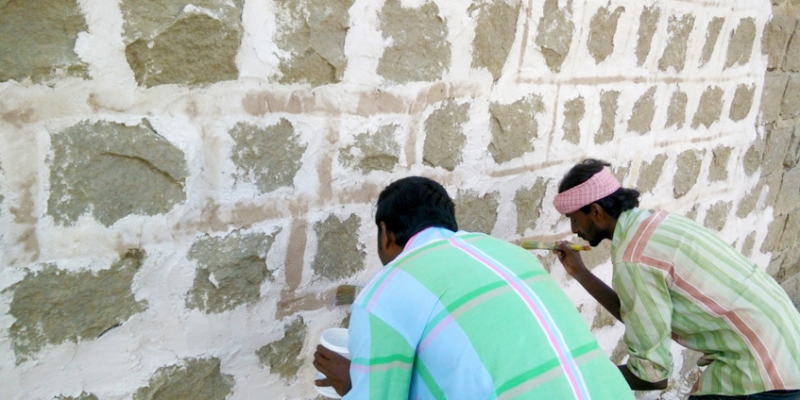The Krishna Raja Sagar (KRS) Dam is a significant irrigation and drinking water source for the people of Mysore, Mandya, and Bengaluru. Built nearly a hundred years ago using traditional materials and techniques, the dam suffers from major structural deficiencies.
Dr. Vivek Bindiganavile (University of Alberta) and Dr. Narayana Suresh (National Institute of Engineering) have developed novel materials and techniques that will repair the KRS dam and help retrofit similar structures.

The catchment area for the KRS dam exceeds 10,000 square kilometers and intercepts with the Harangi and Hemavathy rivers. As a major drinking water source for the Mysore region, the structural integrity of the dam is significant.
Construction began on the KRS Dam in 1911 using traditional stone masonry and a lime-pozzolan mortar to act as a binder. Over the years, vegetation has grown within the mortar and significant “sweating” has accumulated in the body of the dam. These issues have led to a major concern about the water permeability of the existing materials.
 Developing the Materials for the Local Environment
Developing the Materials for the Local EnvironmentDr. Bindiganavile and Dr. Suresh have developed a novel Nanolime material that can improve structural strength and can help retrofitted heritage structures more effectively. The researchers are investigating whether an application of Nanolime to the KRS Dam will increase the strength of the structure and reduce the overall water permeability of the material.
Researchers began tackling this challenge by studying the heritage materials used to construct the Dam, and then developed several mixes of material, keeping in mind of the materials available in the local environment. Although Portland cement is a common material used in construction of such structures, the material was not used during the construction of major waterworks in India. The addition of Nanolime improves water permeability of lime mortar by nearly two orders of magnitude.
 Retrofitting and Repairing the KRS Dam
Retrofitting and Repairing the KRS DamAfter optimizing and testing the final mixes of material, the research team traveled to Mysore, India and applied their novel repair material on damaged areas of the KRS Dam. The team selected three distinct 100 square metre patches of stone masonry to test on the upstream side of the Dam. Hydraulic Lime Mortar (HLM) was applied to the structure in the first test patch, fibre reinforced HLM was applied to the second and third patches.
 One month after the application of the materials, the first and third patches were treated with nanolime on the surface of the structure. To evaluate and ensure effective performance after seasonal water table exposure, the patches were eventually submerged by the rising water table.
One month after the application of the materials, the first and third patches were treated with nanolime on the surface of the structure. To evaluate and ensure effective performance after seasonal water table exposure, the patches were eventually submerged by the rising water table.
The research team will visit and inspect the performance of the novel materials in early 2017 when the water height recedes.
Dr. Bindiganavile and his IC-IMPACTS project is helping sustain critical water infrastructure and is helping continue the supply of safe, clean water to local communities. If proven successful, his cost effective retrofitting technology could be applied to structures worldwide and save millions of dollars in repair costs.